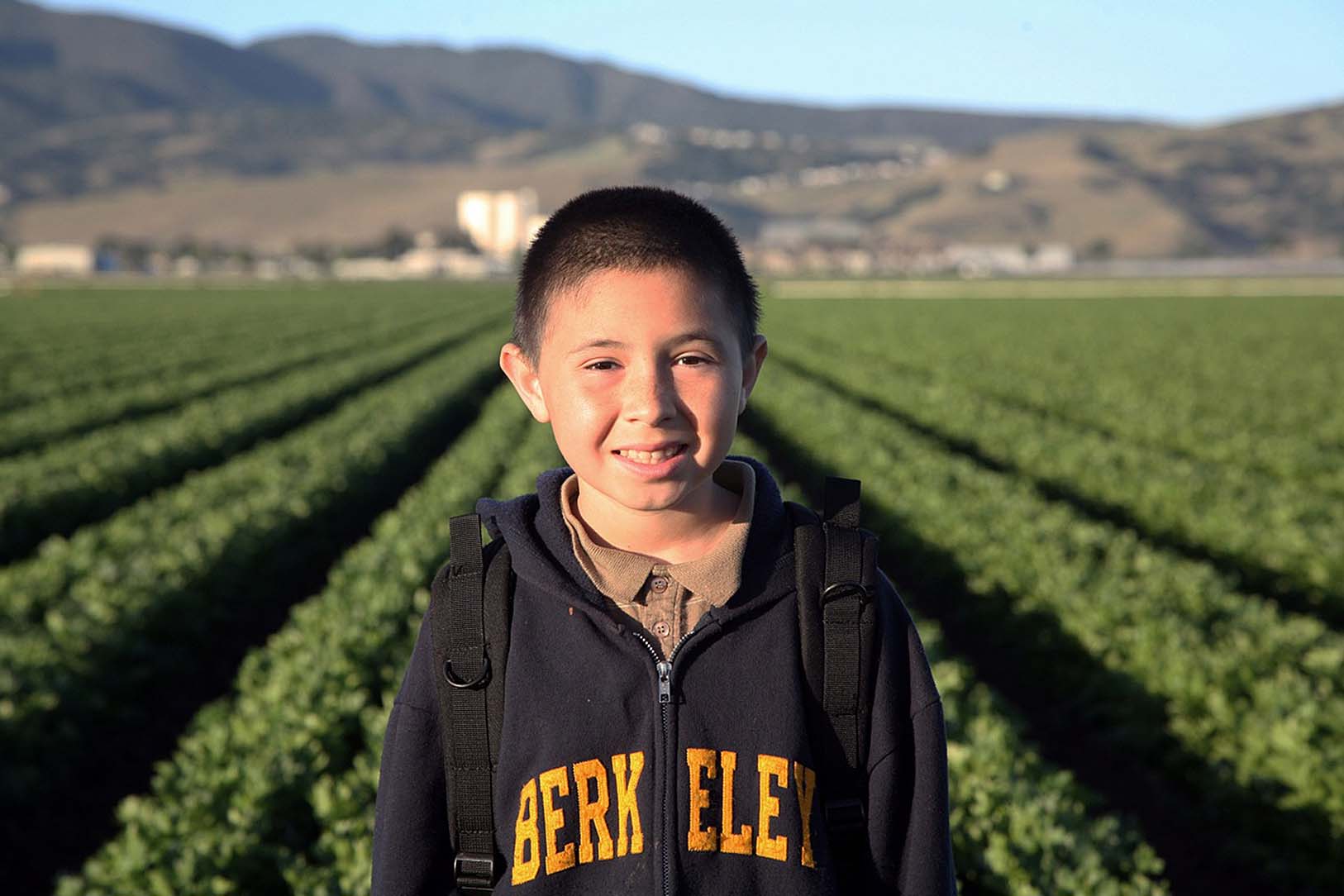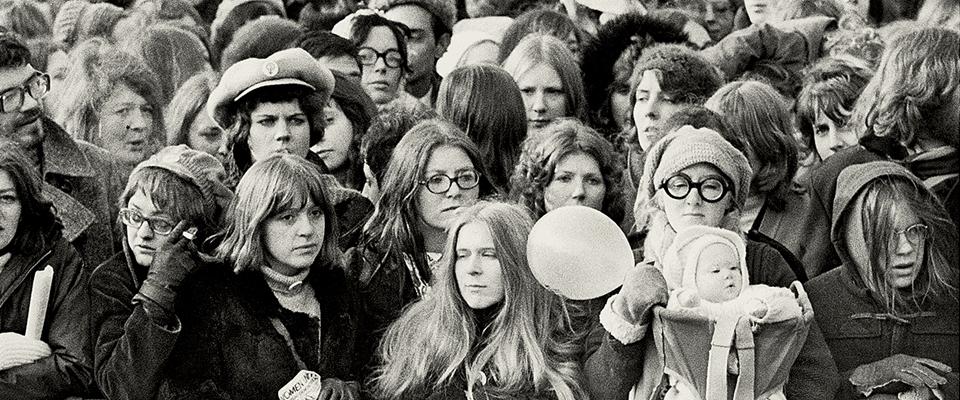Chamacos means “little children,” and it’s also an acronym for Center for the Health Assessment of Mothers and Children of Salinas. Since 1999, when the UC Berkeley-led program enrolled 601 pregnant mothers for a long-term study investigating the impact of agricultural and other chemicals on children, the project’s prolific research output—78 published papers to date—has made news numerous times. The most recent report, initially published online in December by Thorax, was the first to link certain lung conditions in children to chronic, low-level exposures to organophosphate pesticide, chemicals that impact the nervous system.
Such long-term studies have a responsibility to engage the communities with which they interact over years and, in this case, decades. Chamacos’s outreach includes a prenatal-information kiosk for pregnant women; free brochures, presentations, and trainings on how to prevent chemical exposures; and youth programs, including the Youth Community Council (YCC), which teaches local high school students about public health, the environment, and the research process.
“We’re very dedicated to educating kids to become future scientists, and to creating a pipeline to get these kids into college—especially Berkeley and UC,” says Brenda Eskenazi, who is the Jennifer and Brian Maxwell Professor of Maternal and Child Health and Epidemiology at Berkeley, and director of the Center for Environmental Research and Children’s Health, which runs Chamacos. Four of “our kids,” as Eskenazi calls the YCC teens, got into UCs in 2015, including Javier Cárdenas, now a Berkeley freshman. His older sister Maritza, a YCC alumna who also worked for a Chamacos summer research program, is finishing her junior year as a molecular and cell biology major at Cal.
Eskenazi, who is also a neuropsychologist, is gearing up for the most complicated question the study has ever asked: How does a lifetime of exposure to neurotoxic chemicals interact with cultural factors such as equally protracted exposure to poverty and violence?
“We live in a swimming pool of chemical exposure. How do you bring them all together and draw a conclusion about how they work on the brain? That’s what we’re going to try and work on,” Eskenazi says.
Despite success stories like the Cárdenas children’s (their parents are from Mexico and their dad worked the fields before manning a farm truck), the youth of Salinas, a city with high rates of poverty, drug abuse, and gang violence, are at risk for teenage pregnancy, criminal activity, and addiction. “Our kids are turning 16 starting in February,” Eskenazi says of the cohort. “We’re already seeing these changes.”
Researchers want to understand how those risk factors combine with the agricultural chemicals used in the Salinas Valley—40, Eskenazi estimates—along with pollutants like diesel exhaust and consumer product–based additives like flame retardants.
“We live in a swimming pool of chemical exposure. How do you bring them all together and draw a conclusion about how they work on the brain? That’s what we’re going to try and work on,” Eskenazi says. She says “try” because they recently lost a grant renewal for that and other investigations, a blow that comes just as their subjects begin to reach adulthood.
Researchers, Eskenazi explains, generally analyze a single chemical at a time. But the new study would be more complicated, and its novel statistical methods have deterred funders. “Our grant was high risk but potentially very high gain,” says Eskenazi, who is pressing on with the study’s design as she seeks alternate funding. “The world tends to look at chemical exposures one chemical at a time,” she says. “But that’s not how humans are exposed.”




















